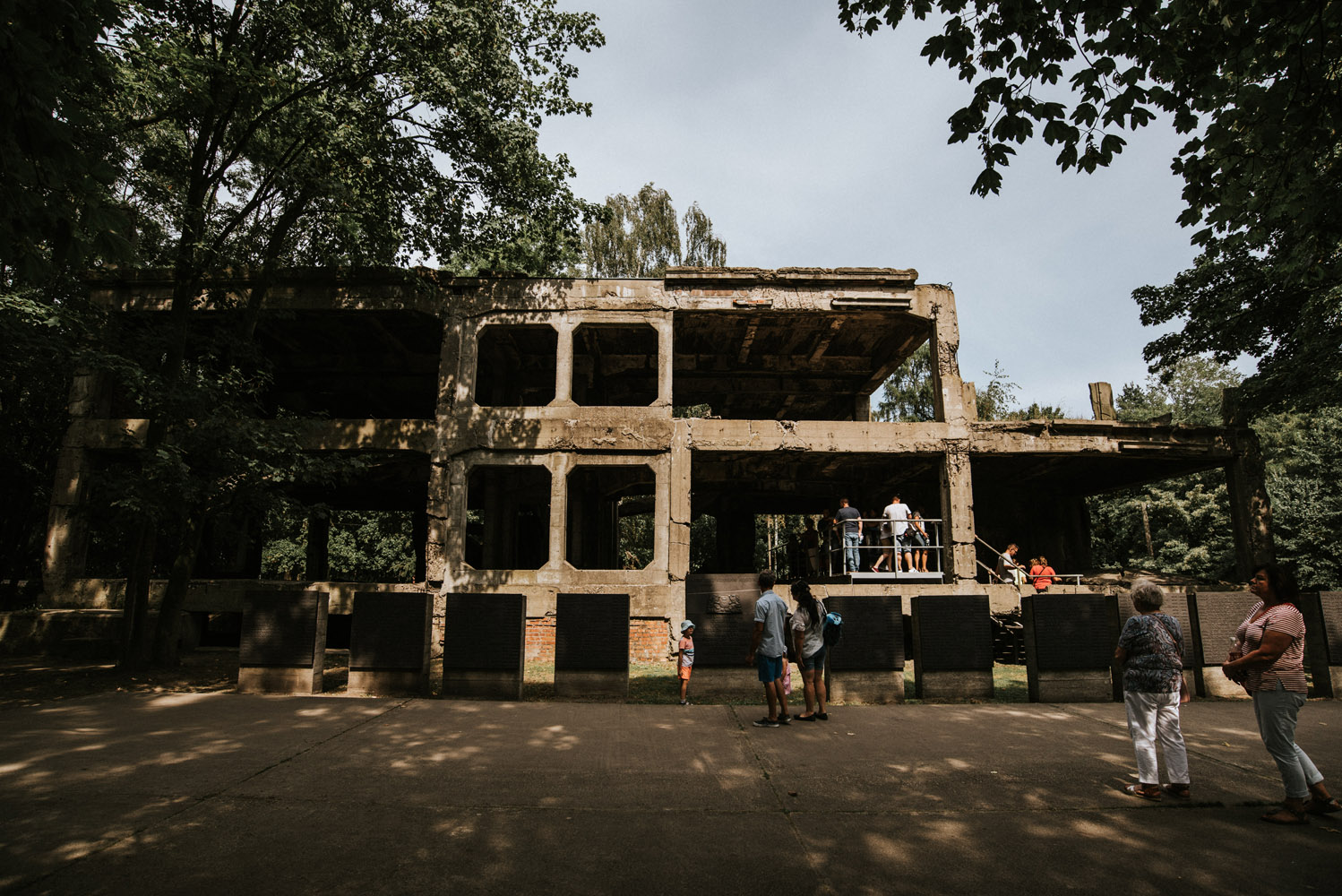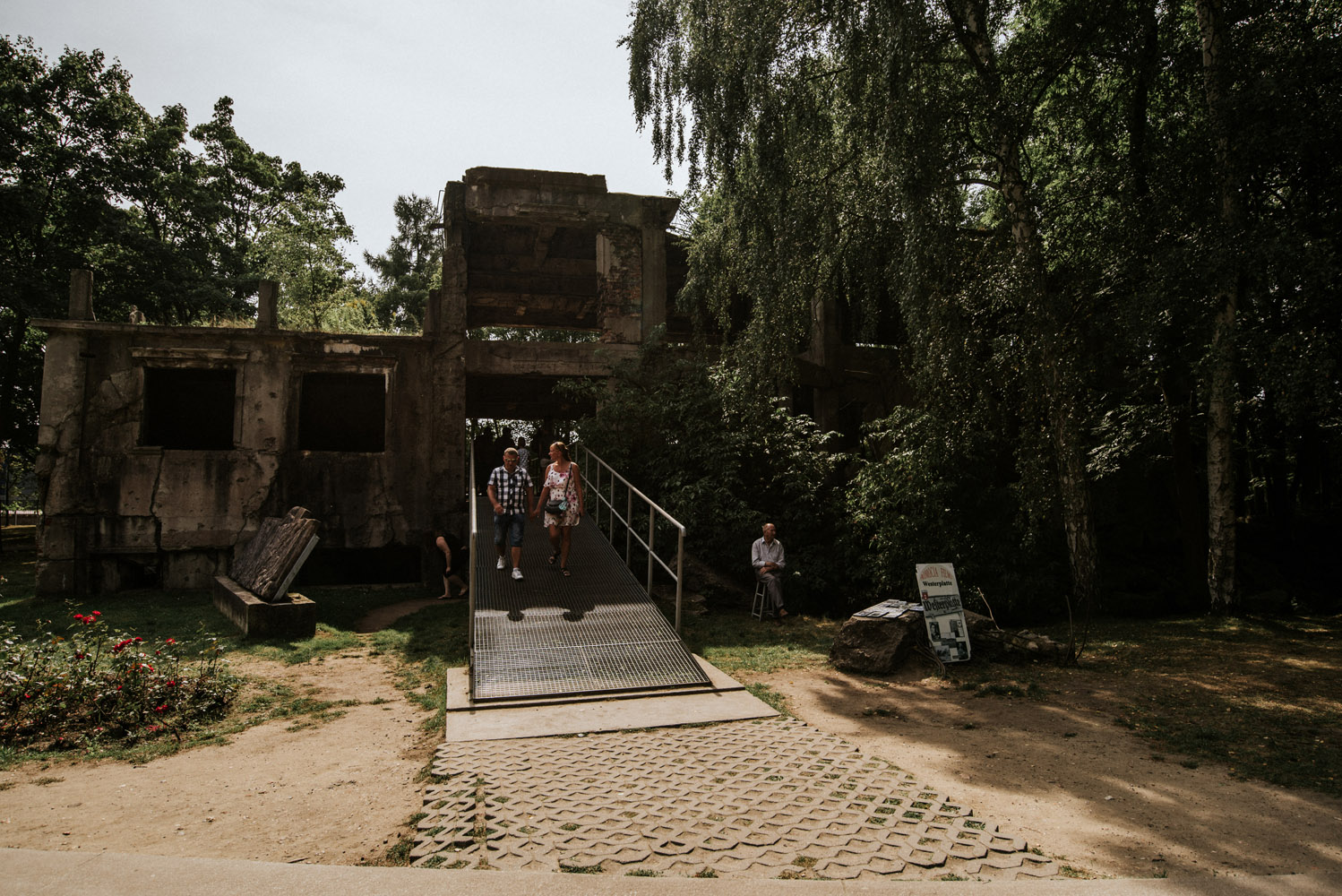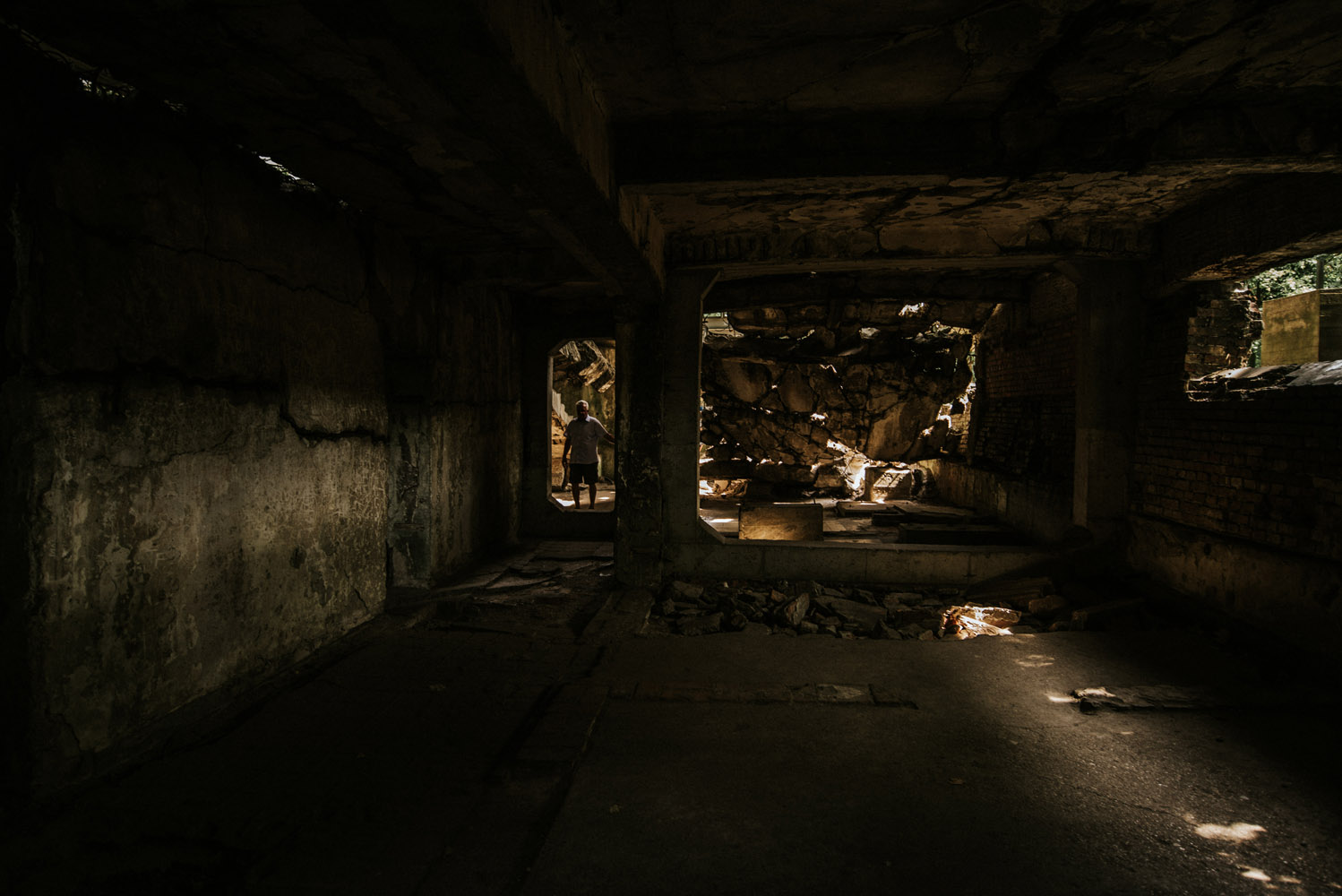 Covered nudity
Covered nudity
 Covered nudity
Covered nudity
 Travels
Travels
Build in years 1893-1894, this lighthouse is 31,3 m tall, the observation deck, available for tourists, is one level below the actual light.
It’s located in district Nowy Port, at 54°24’23” N 18°39’40” E,
The monument of Coast Defenders is just at the other side of Vistula river.
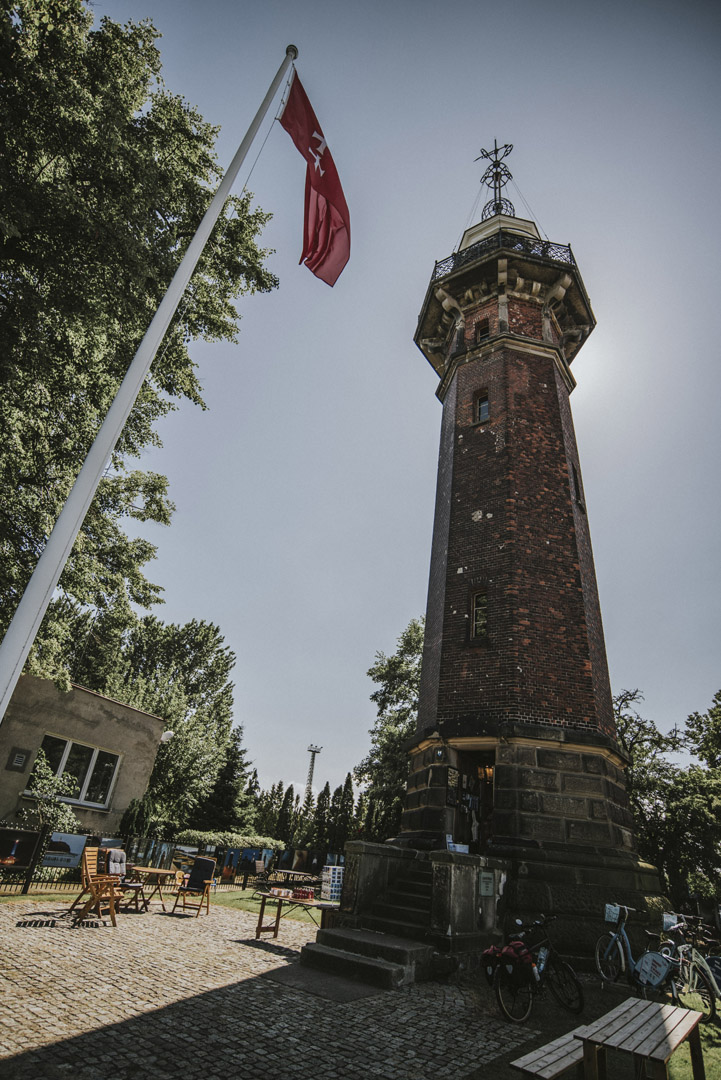
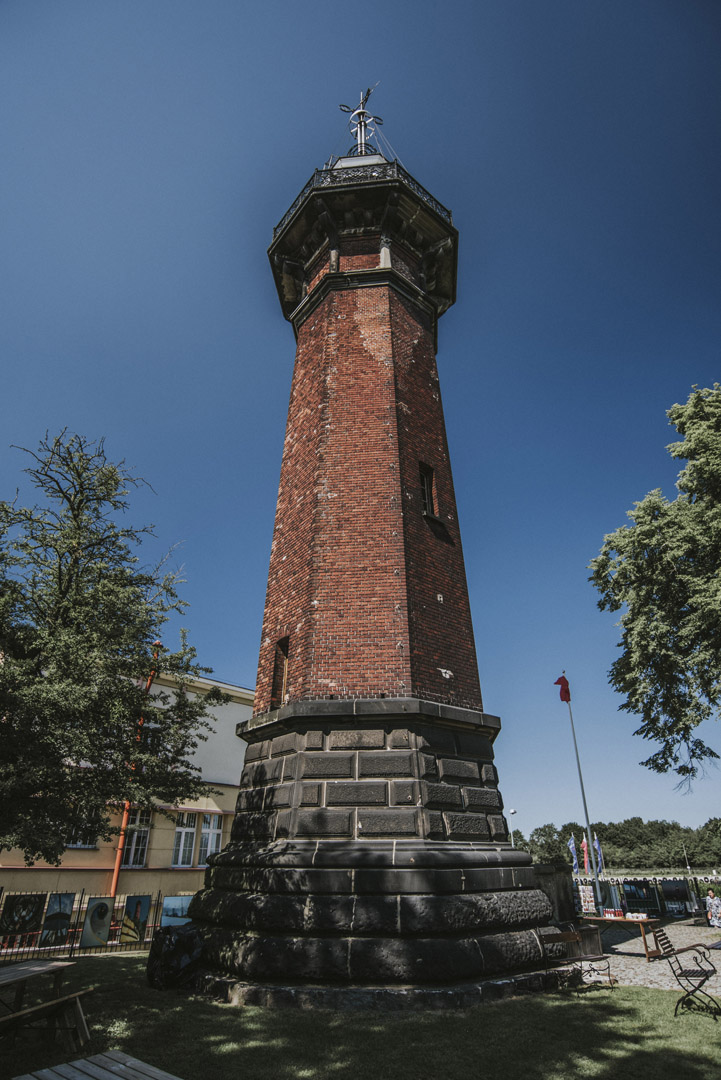
At the top of lighthouse you can see a time bowl – until time was started to be broadcasted by radio signals, it was used to adjust ship chronometers. Exactly at 13:00 (or noon in United States) the ball was dropped from top position.
Today the ball is dropped at 10:00, 12:00, 14:00, 16:00 and 18:00, so more tourists can observe this.
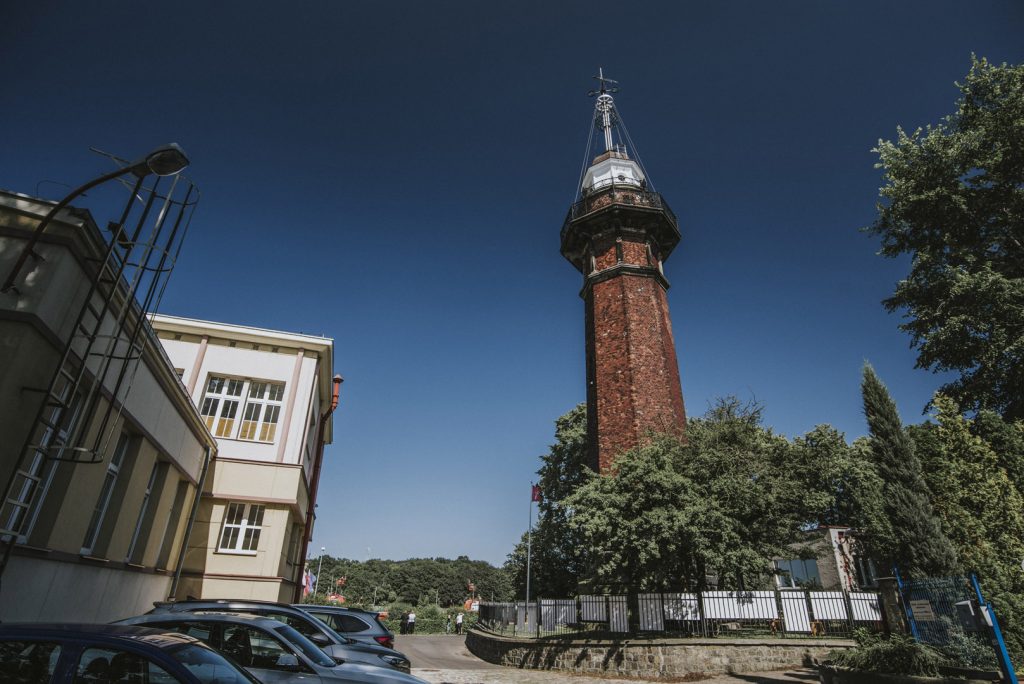
Inside lighthouse there are just spiral stairs until you reach the top.
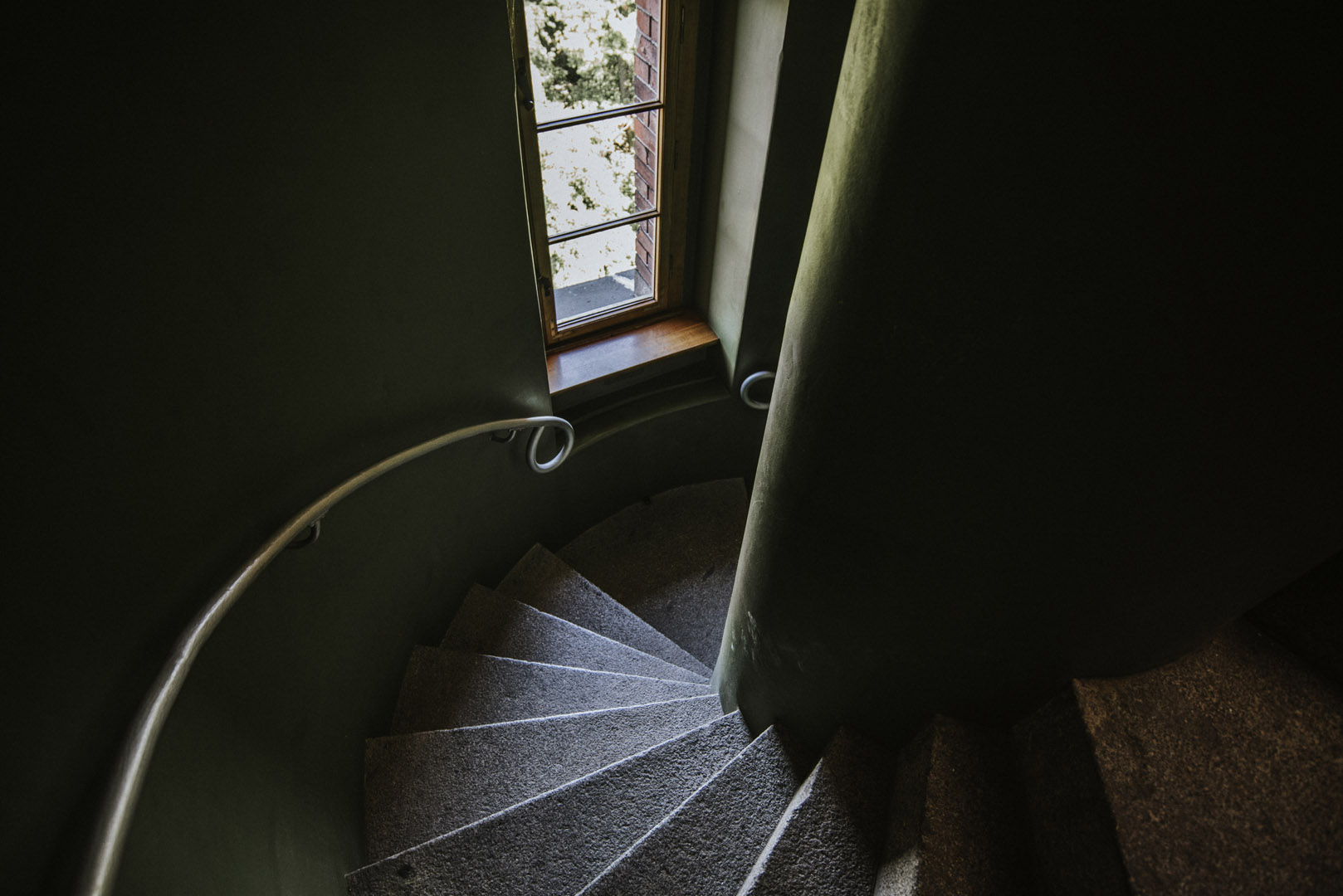
At the top level you can see the source of lighthouse light – strong lightbulb
flashing every few seconds (but the light is weak, nowadays it’s just for demonstration purposes).

One level below is observation deck.
Northern view: you can see end of Martwa Wisła (literally “dead Vistula”), an old Vistula riverbed, now just a channel.

Eastern view, you can see Martwa Wisła. In the center-left part of picture you can see The monument of Coast Defenders.
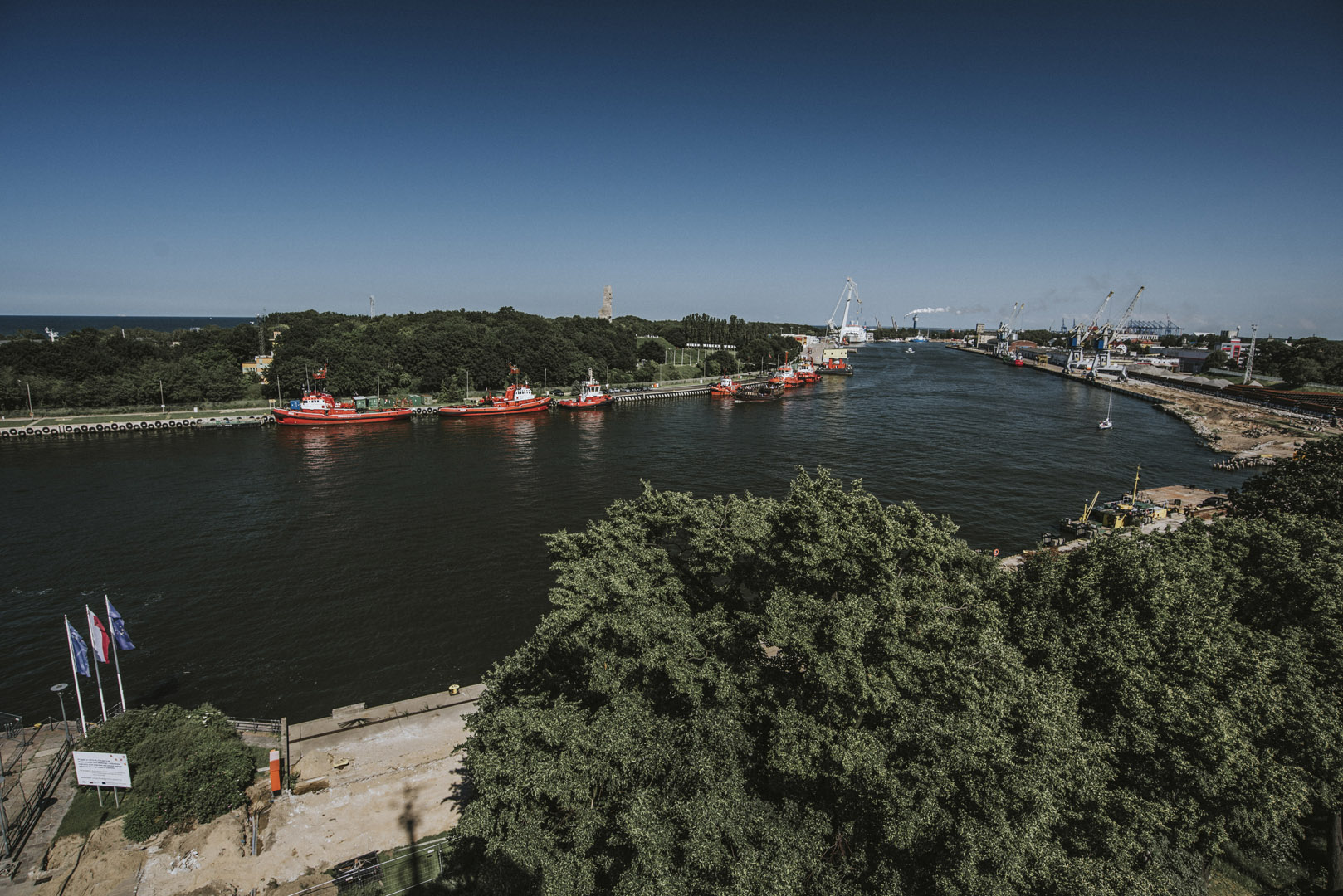
South-east view.
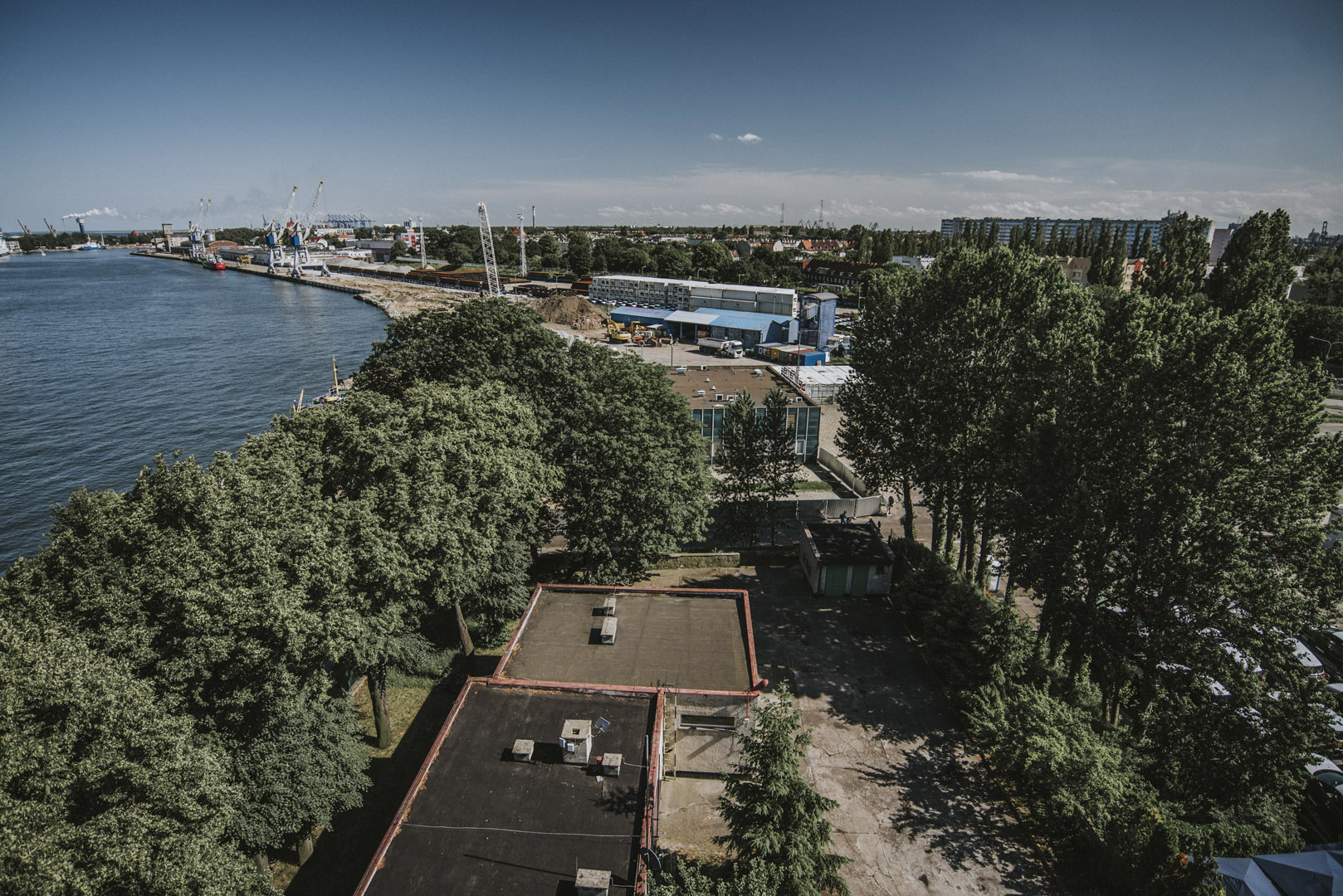
Western view: you can see mostly harbor area with thousands of cars.
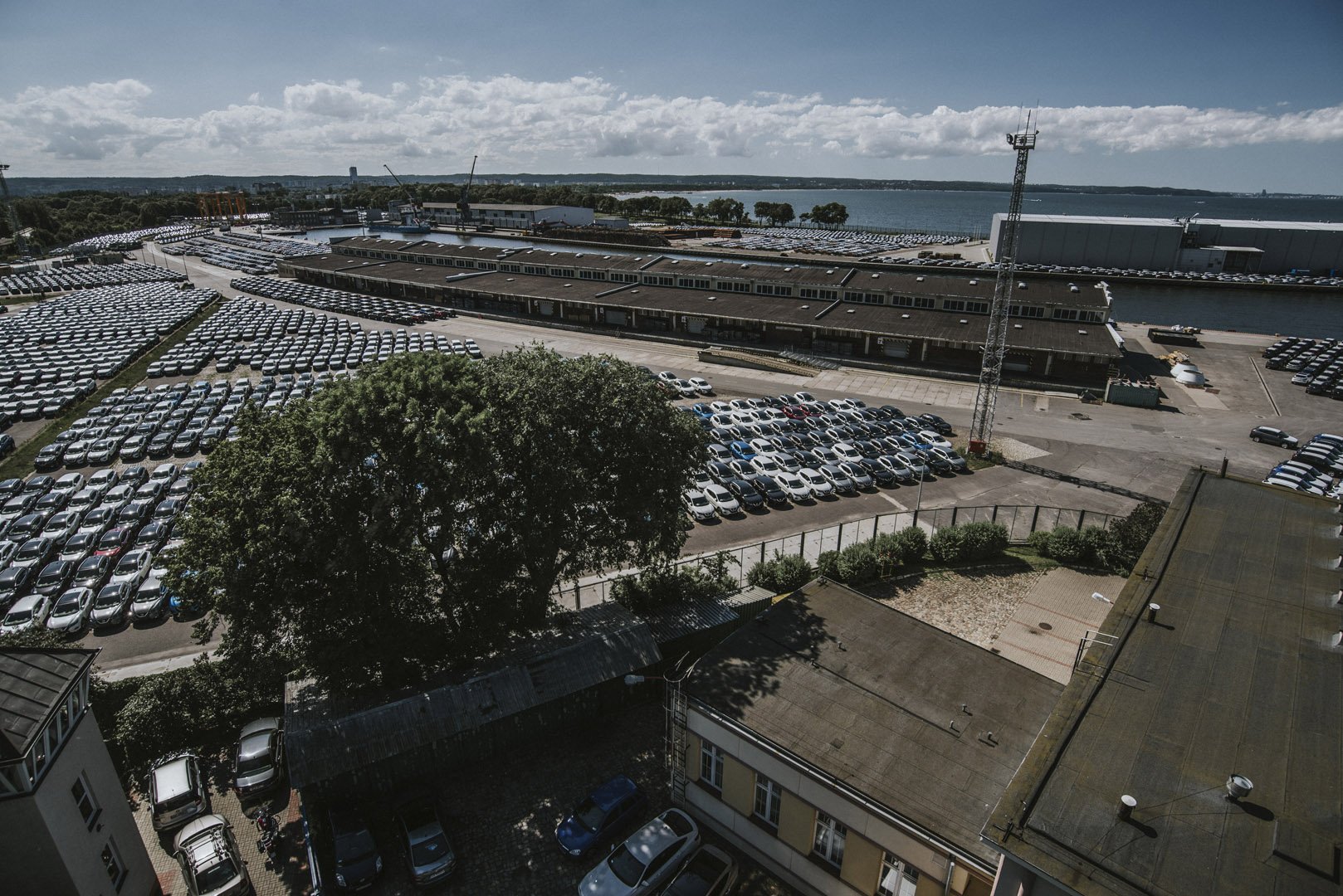
 Travels
Travels
Due to renovation works, that will last until 2024, museum is closed in 2021, it will be partly opened starting from 2022.
Wisłoujście Fortress (literally mouth of Vistula river fortress) was located at the mouth of Vistula river in order to protect Gdańsk from invasion from the sea. Since it was build, Vistula moved more sand and additional land was formed at the north of fortress (mainly Westerplatte) so now fortress is not at the mouth of the Vistula, but 2,5 km from it.
It’s construction begun in 1308, but it was modified and expanded numerous time through history. During second world war it was severy damaged, but was rebuild after war. Now it serves as a museum.
Entrance to the fortress.
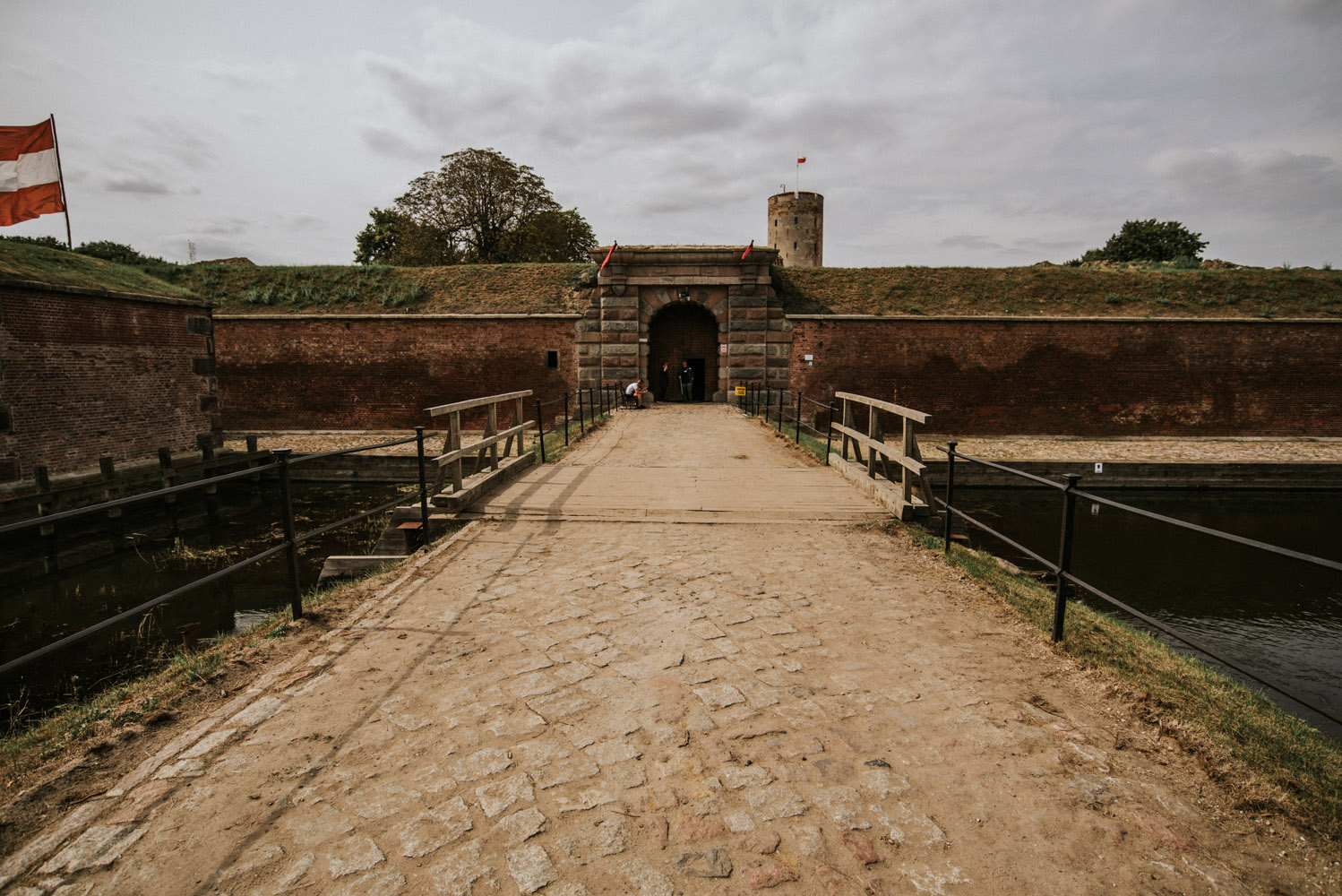
Central tower served also as a lighthouse. Around central tower are officers living quarters.
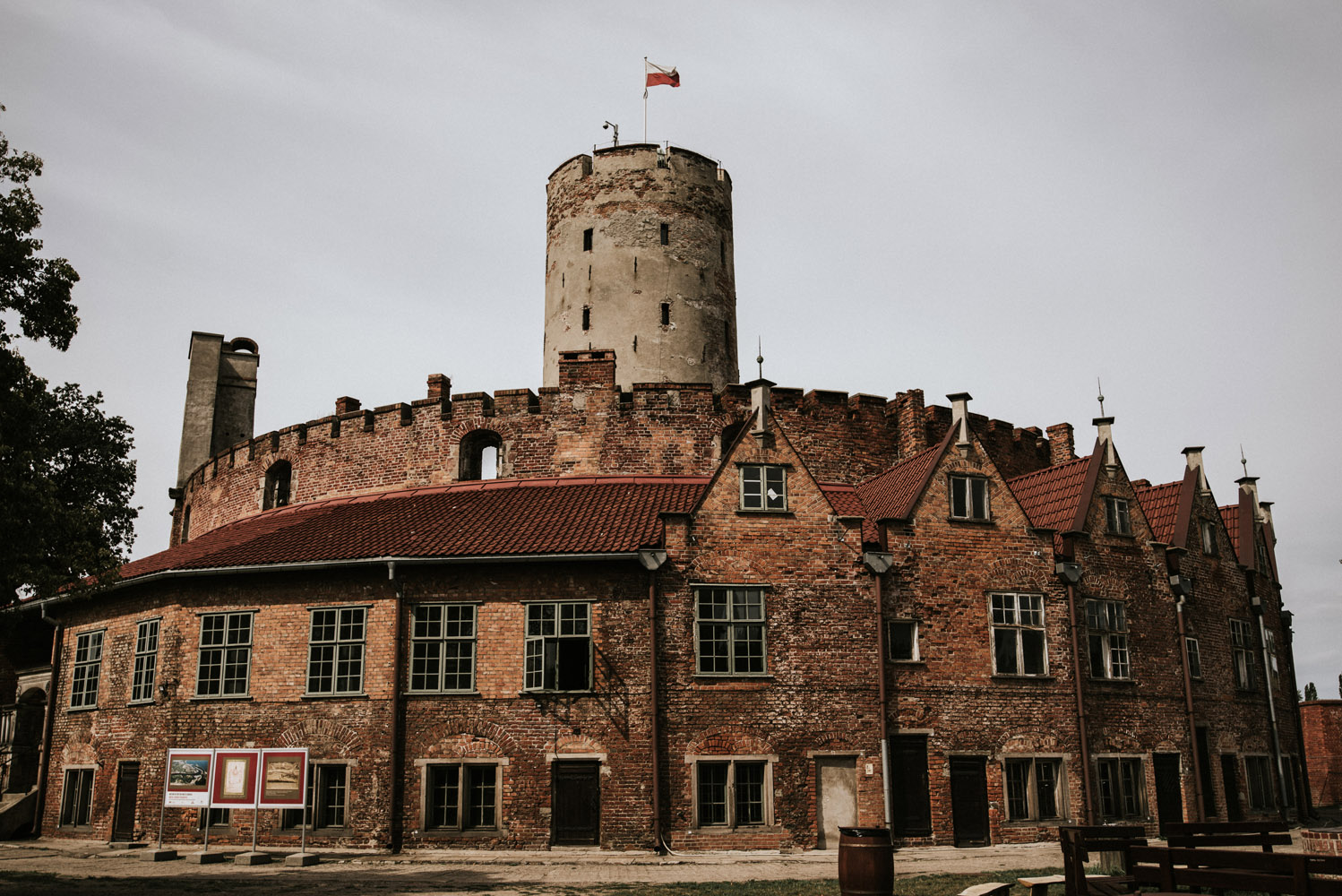
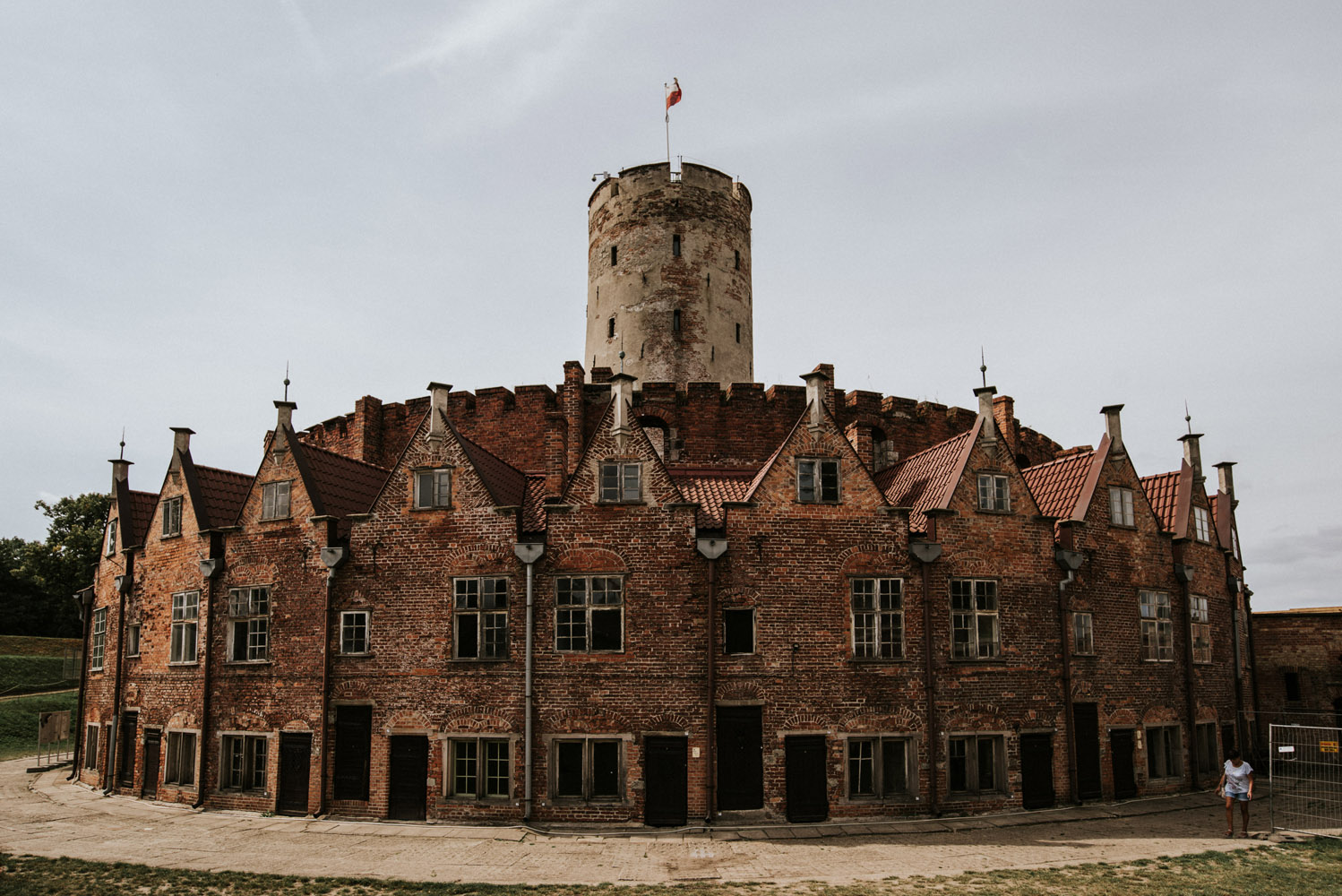
If you look at the other side you will see barracks.
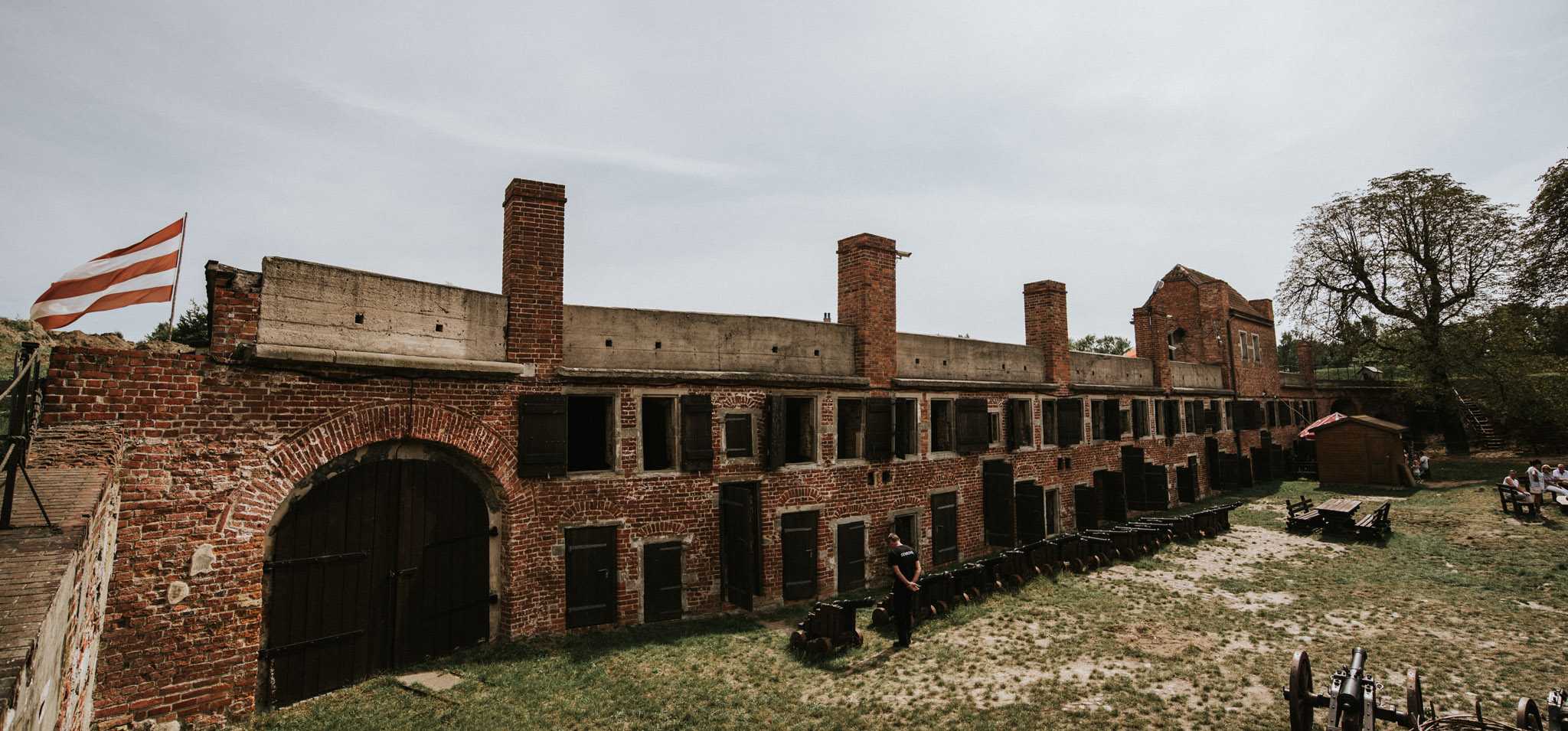
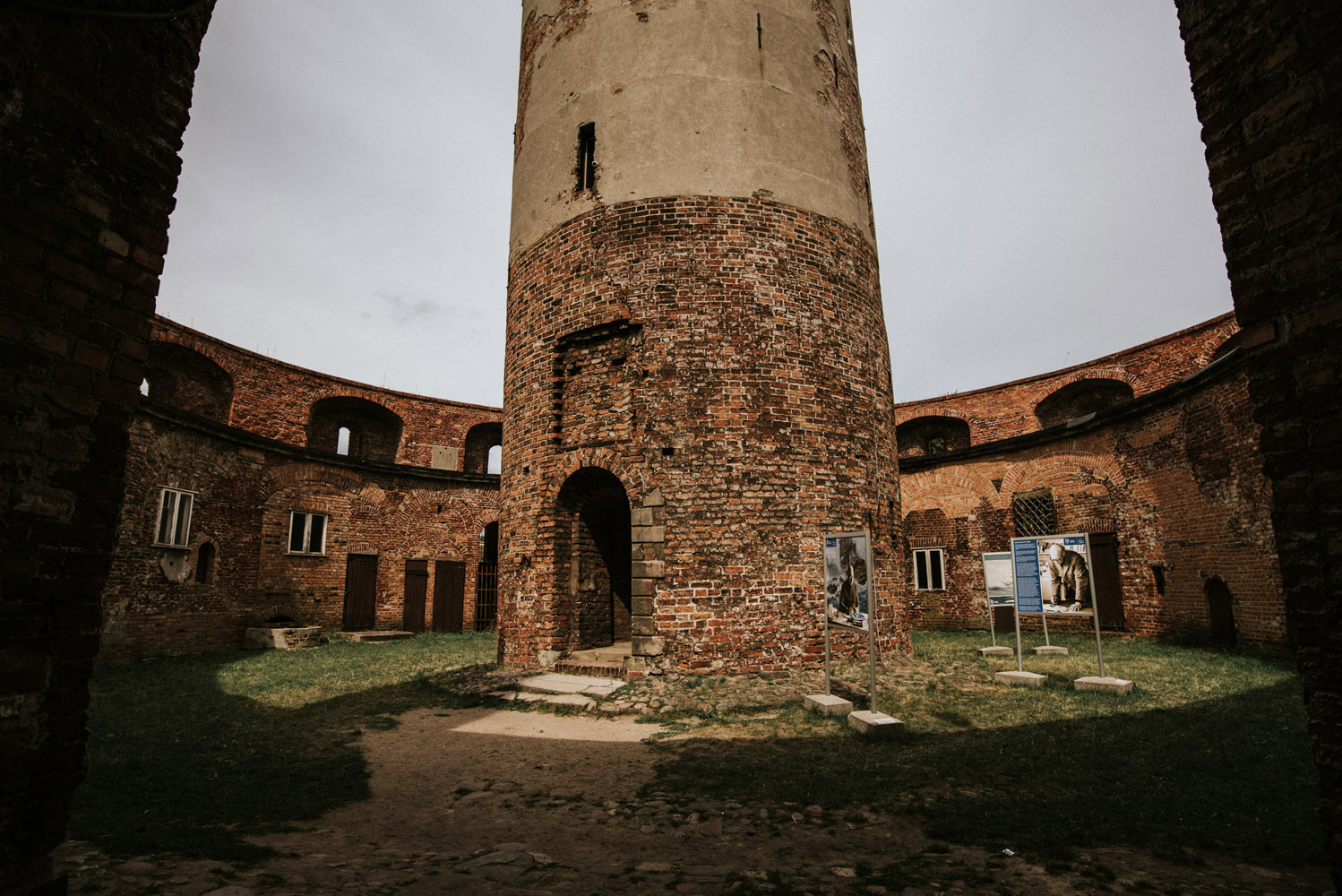
Sightseeing of the museum is done every one hour with a tourguide. A part of the tour is going to the viewpoint on top of the tower.
Eastern view: you can see barracks inside fortress and in the distant cranes from the container port.

North eastern view: mainly facilities of the fortress can be seen.
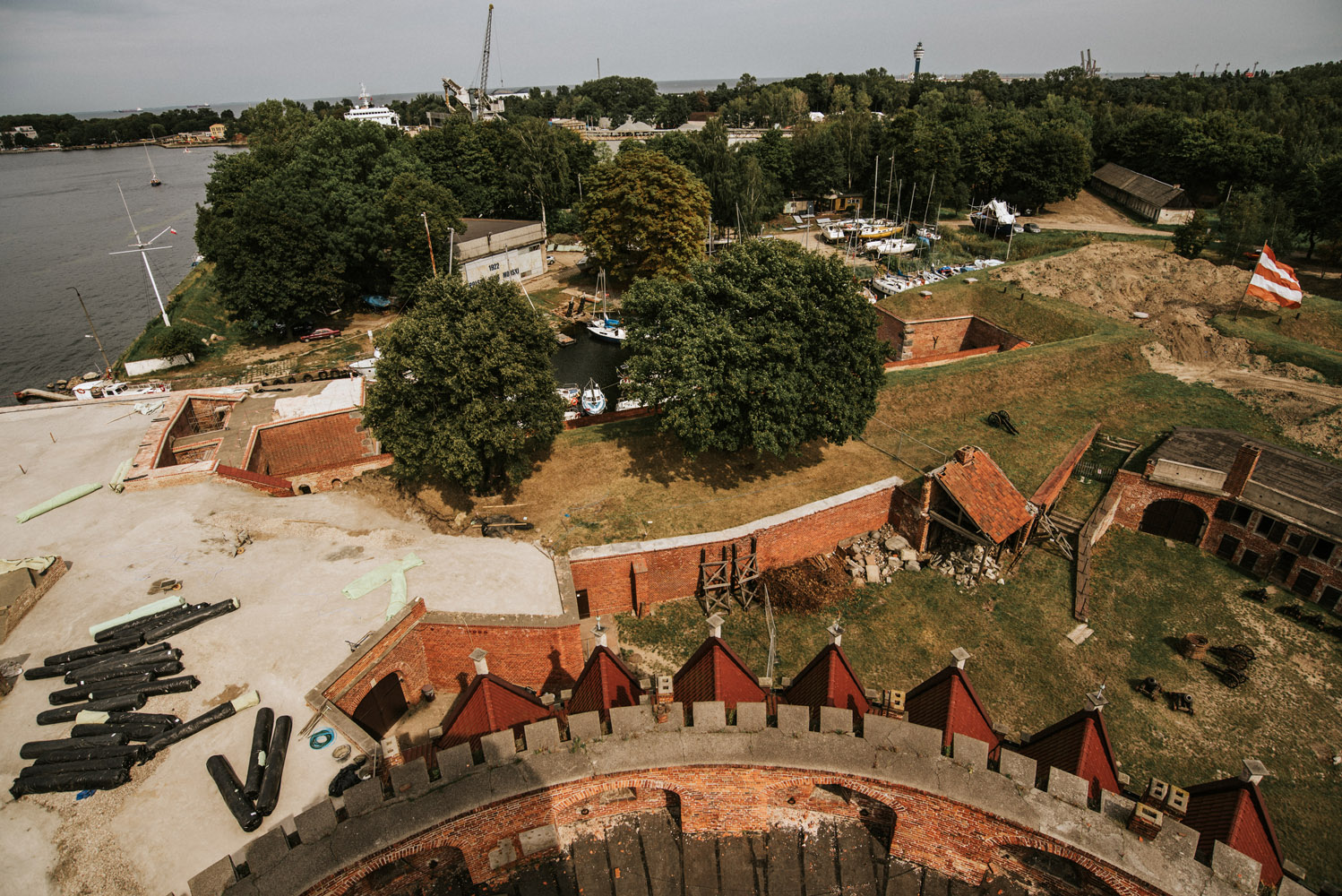
North view: Vistula river near it’s mouth.
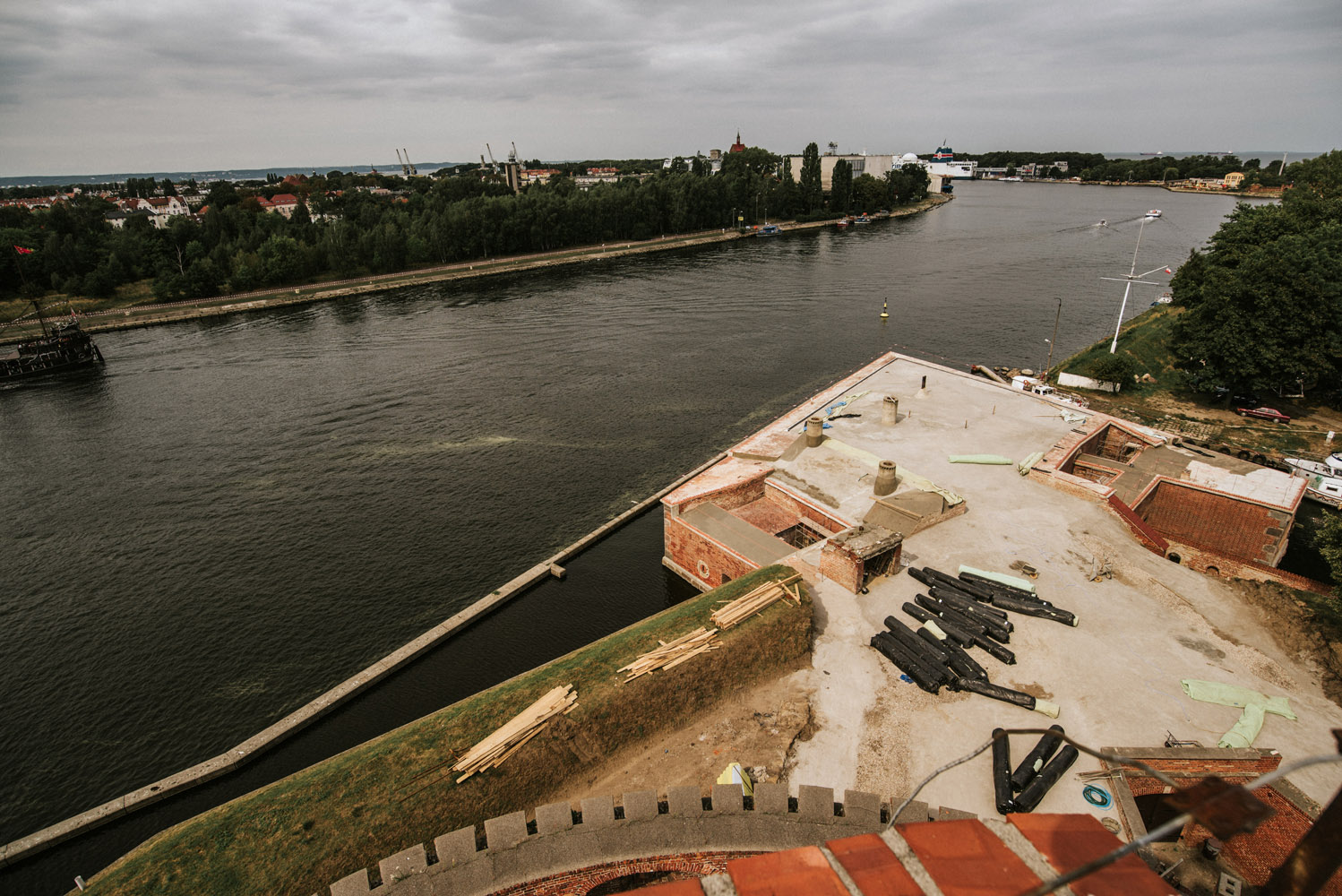
South western view: Vistula river seen towards Gdańsk historical city center, you can also see cranes of the shipyard.
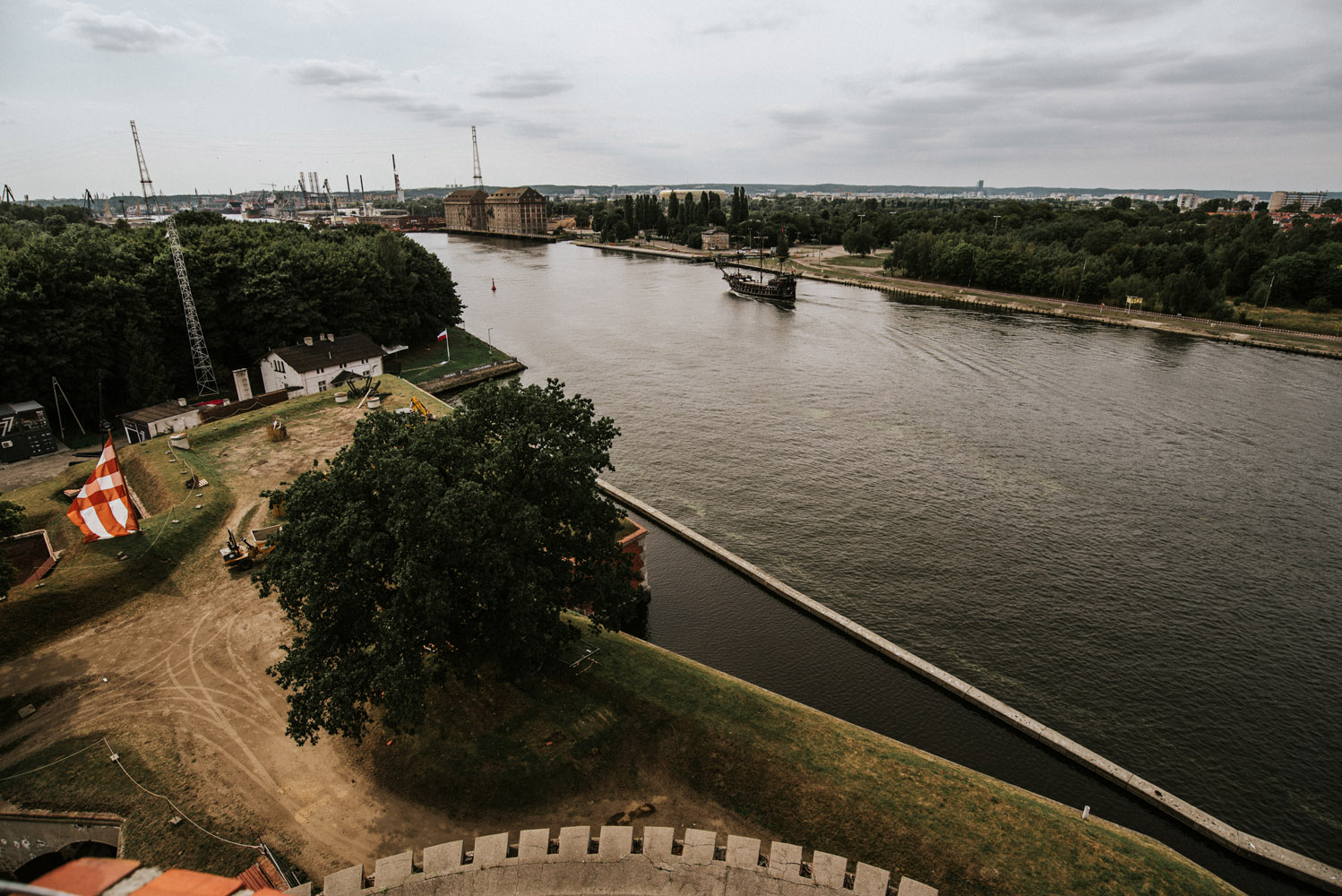
Artillery at the bottom of fortress.
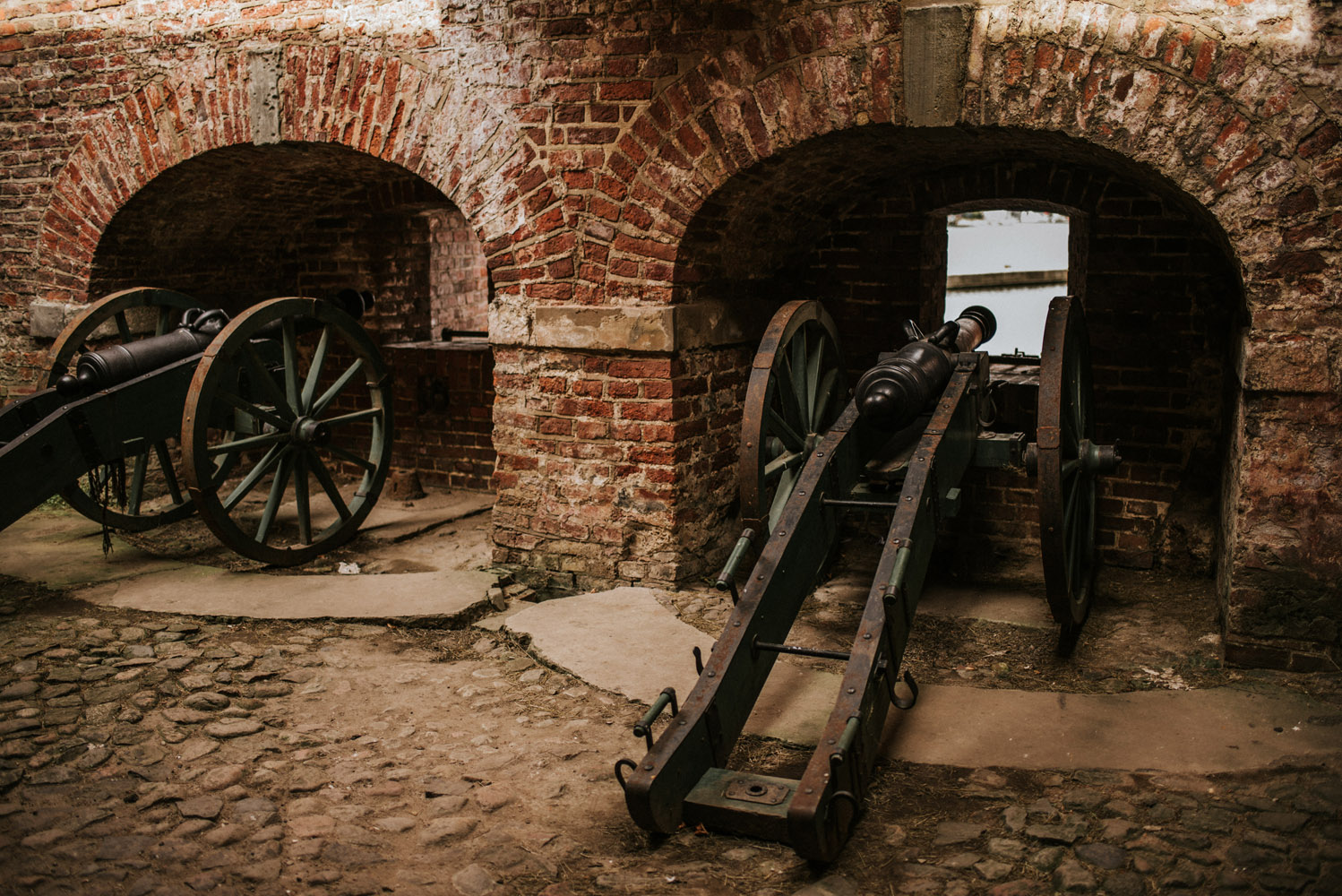
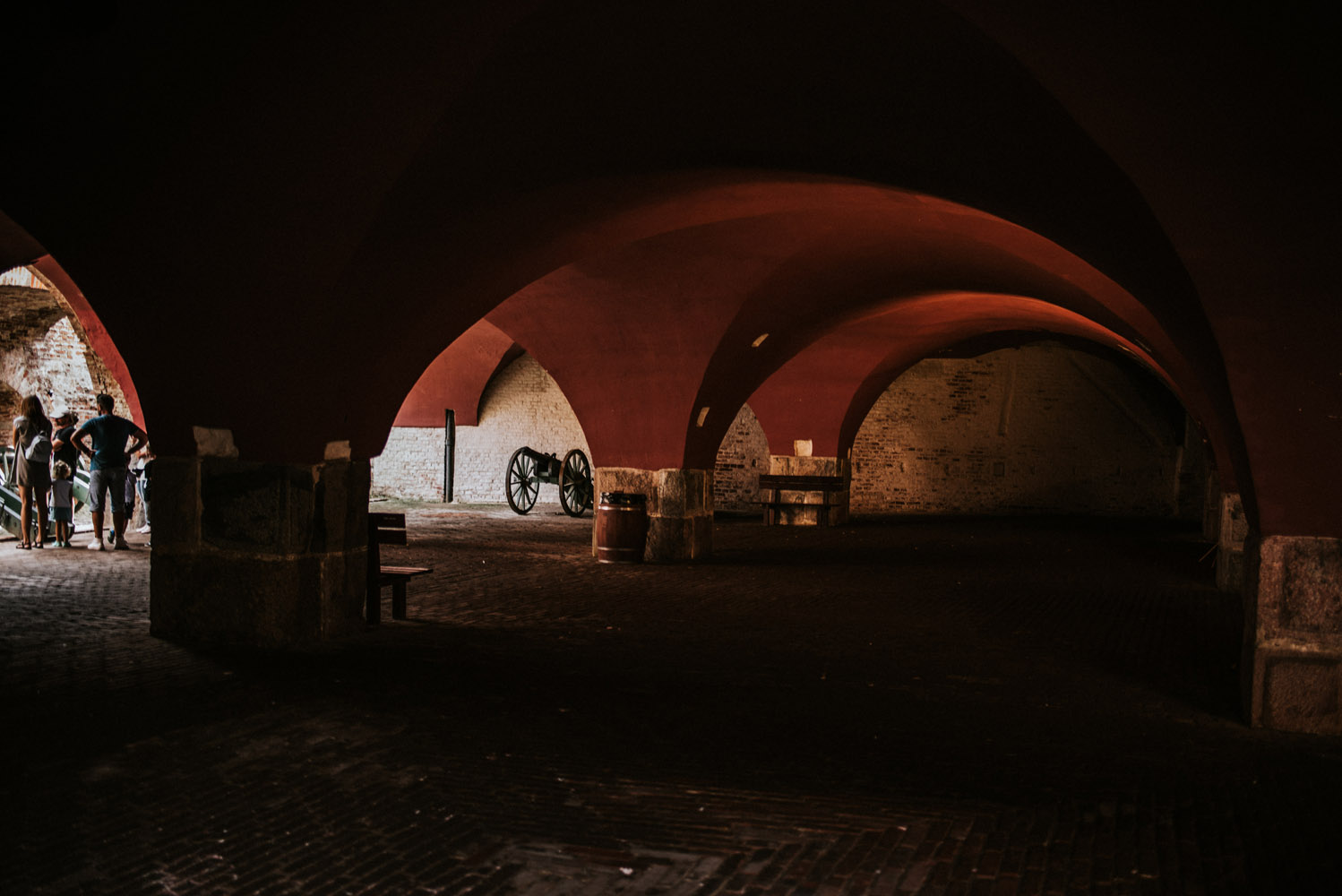
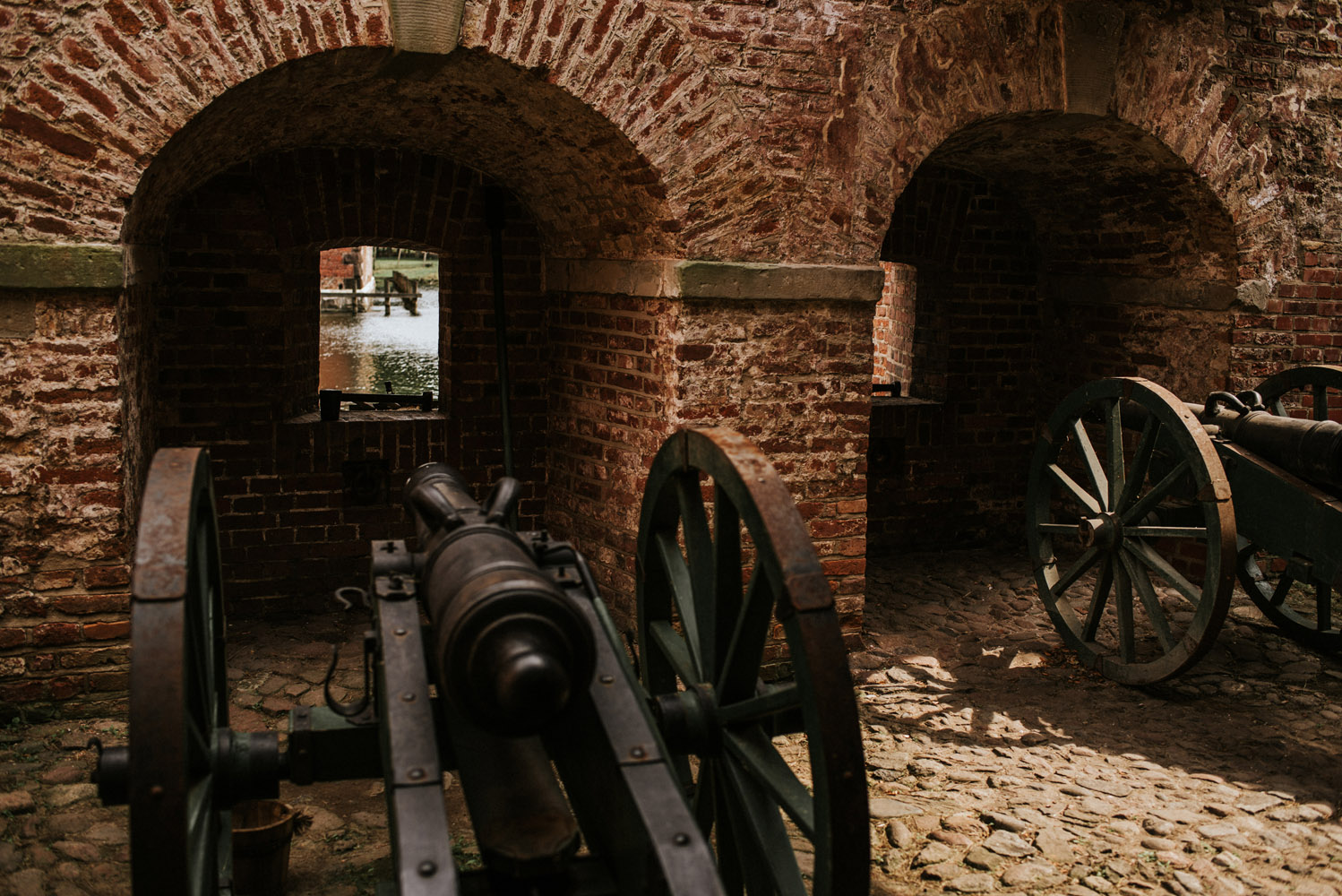
 Travels
Travels
Westerplatte is a penisula in northern part of Gdańsk formed in years 1845-1847. After first world war Gdańsk and surrounding areas became “Wolne Miasto Gdańsk” (“Free City of Danzig”) which was de facto controlled by Germans. Poland had guaranteed to have in control Westerplatte area and to maintain military outpost. Poland fortified the area and created ammunition depot.
The area is free, you just have to buy tickets for the guardhouse. Ticket prices:
Normal price 8 zł, reduced 4 zł.
You can also buy 90 day pass to all eight branches of Gdańsk municipal museums, normal price 80 zł, reduced 50 zł.
See https://muzeumgdansk.pl/index.php?id=362&L=1 for up to date information.
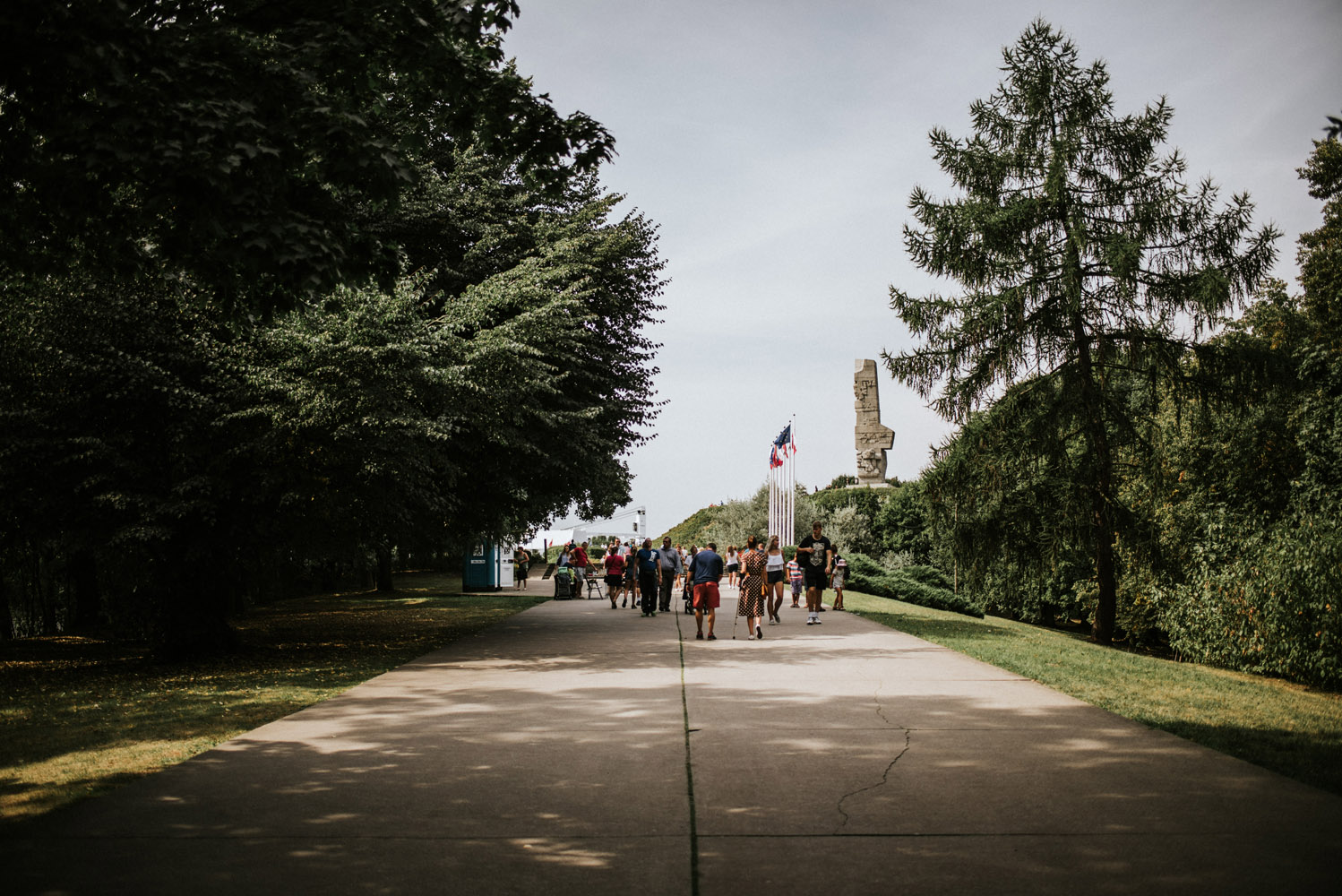
Few days before the war, german battleship Schleswig-Holstein entered the harbor under peaceful intention, in reality boarding marine assault company ready to fight. 1st of September 1939 at 4:45 in the morning it begun firing at Westerplatte beginning Second World War.
Polish garnison at Westerplatte was well fortified, it consisted of five small garnisons and few outposts. Garnison was defended by about 210 to 240 soldiers it was planned to defend for one day, but Polish garnison managed to defend against Germans (1500 Free City of Danzig policeman and 225 marines, later on also reinforced with more troops) for seven days. On seventh day, due to the fact that they had heavy losses, wounded needed to be taken to hospital, they were running critically low on supplies, help was not coming and germans had 20 times more troops, Polish garnison surrendered.
Westerplatte has become one of the symbols of Polish defence. Polish radio during the war every time in the morning was broadcasting that “Westerplatter broni się jeszcze” (“Westerplatte is still defending”).
After the war on Westerplatte a monument was raised to honor Defenders of Westerplatte
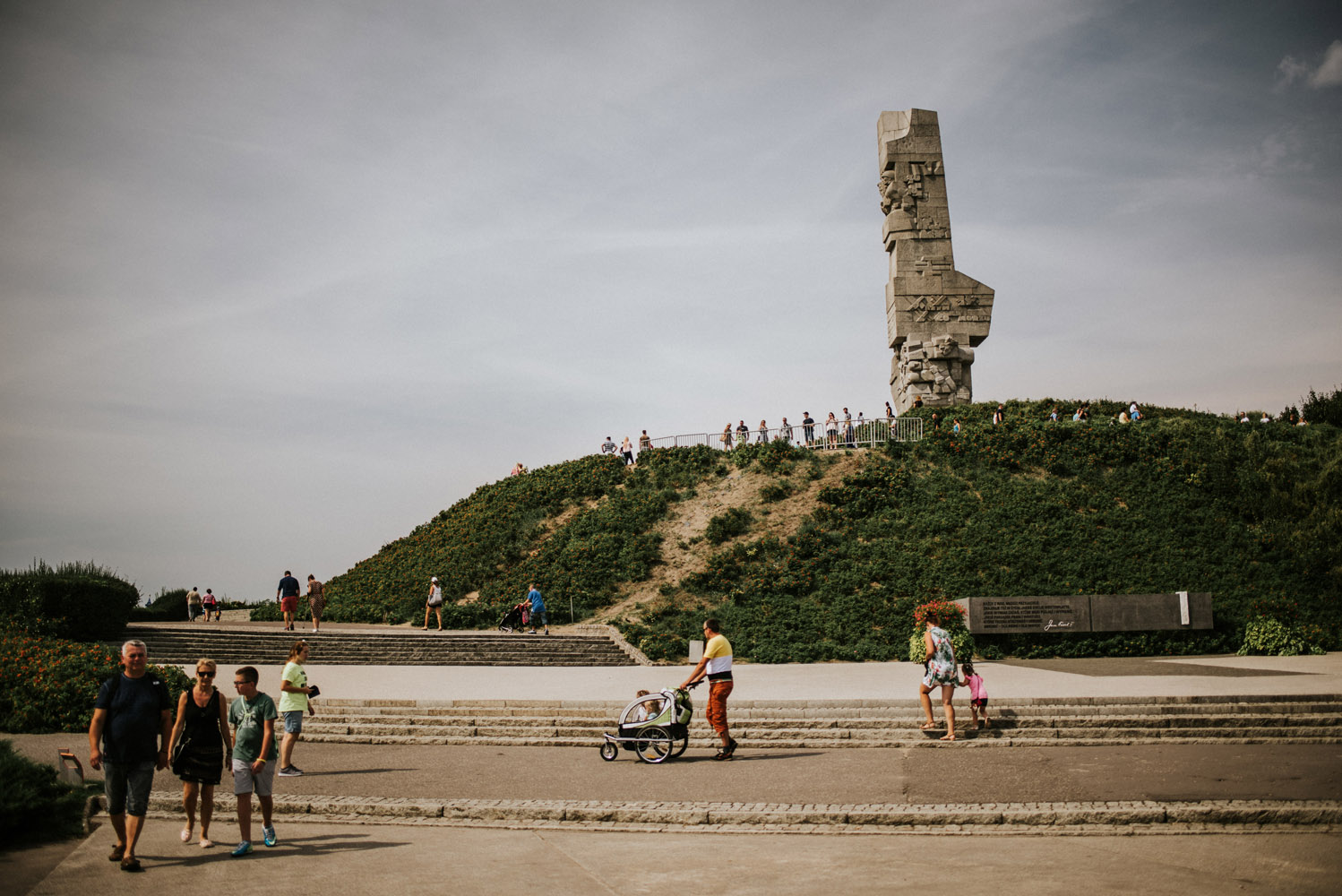
The sign says “Never more war”.
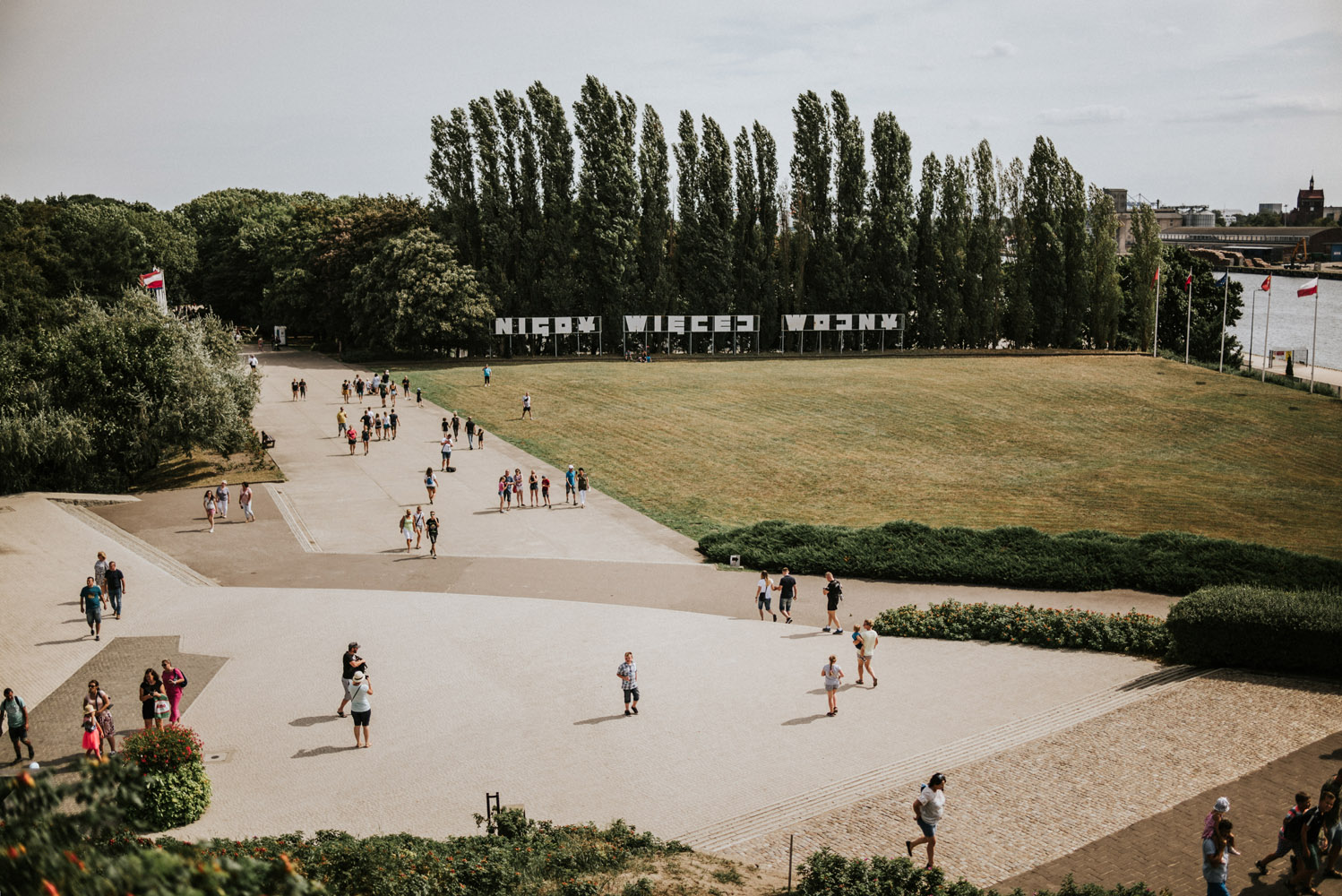
The monument of Coast Defenders (Pomnik Obrońców Wybrzeża). On monuments are written names of maritime places where polish soldiers fought.

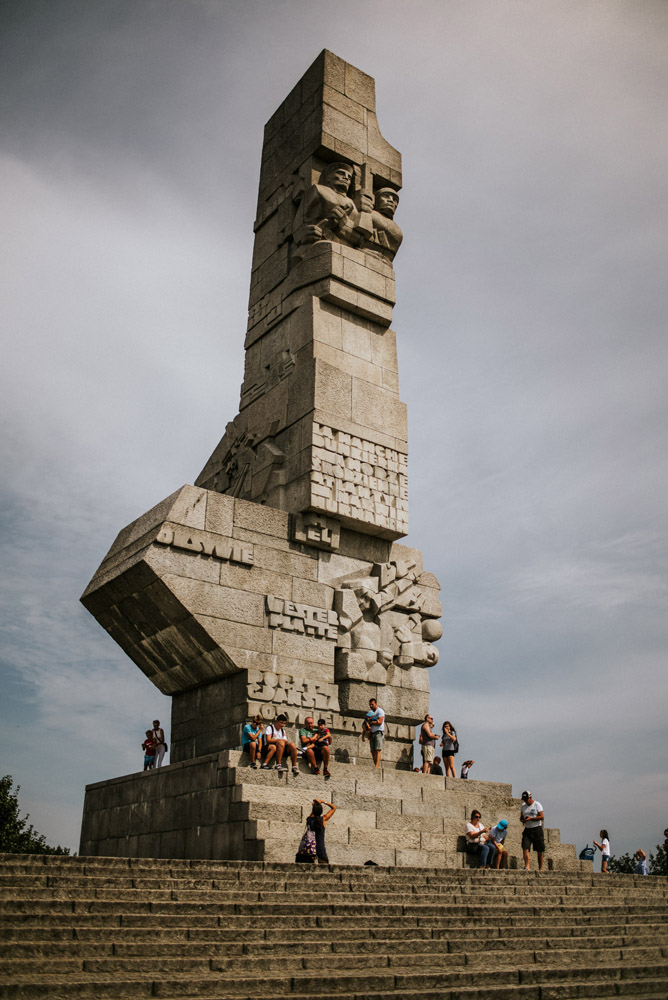
Guardhouse number 1. Now it houses museum.
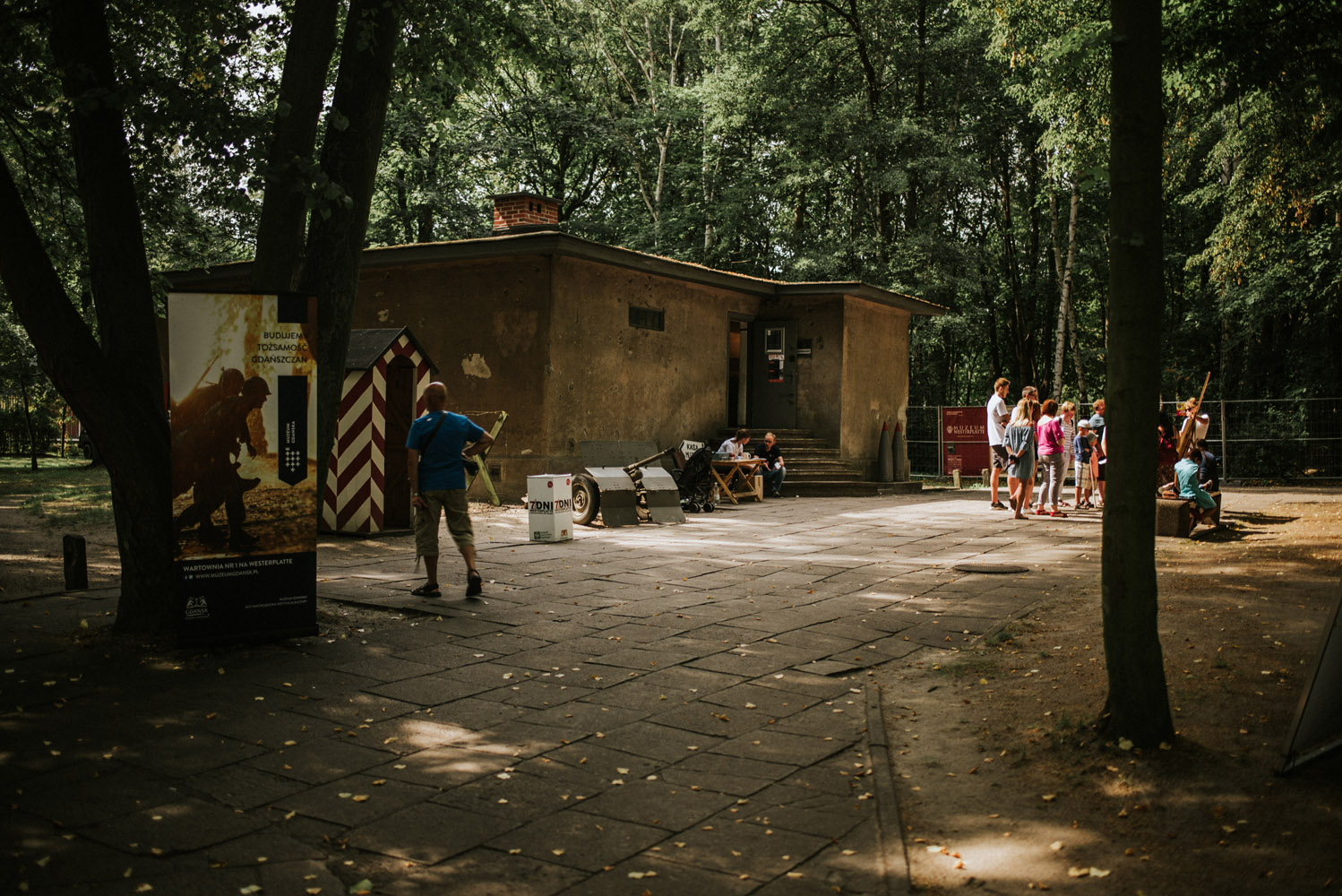
Ruins of barracks on Westerplatte.
